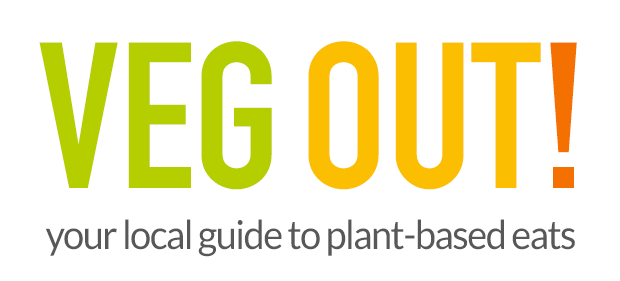Want to see your business listed here and reach the rapidly growing market of customers seeking healthy, plant-based options?
Here's how:
1. Clearly label your menu so that customers know about the 100% plant-based (a.k.a. vegan) items on your menu. For example:
Use the term “vegan” when a menu item is 100% plant-based—either in the item’s name, in its description, or next to its listing in the menu. This is the best way to indicate an item is 100% plant-based for your customers.
If space on your menu is at a premium, you can place an asterisk, a symbol, or an abbreviation next to the menu item, then add a key that explains it at the bottom of your menu—for example, “Ve” to signify that the item is vegan, and “v.o.” to signify that a vegan option is available for that item upon request.
At a minimum, include a note somewhere on your menu such as “Vegan Options Available” or “Ask about our vegan options”.
Be sure to take one of these steps not only on your printed menu, but also on your wall menu and your website menu, to ensure a hassle-free experience for your customers—and your staff.
2. Train your staff so they know what plant-based eating means and can respond quickly and accurately when your customers ask what vegan options you offer or whether an item is—or can be made—vegan.
3. Experiment with recipes so that you can include more healthy and delicious 100% plant-based offerings on your menu. Search the web for a ton of plant-based recipes in virtually every culinary tradition!
For more information, consulting, leads for plant-based chefs and nutritionists in the area, and more, please contact us.
